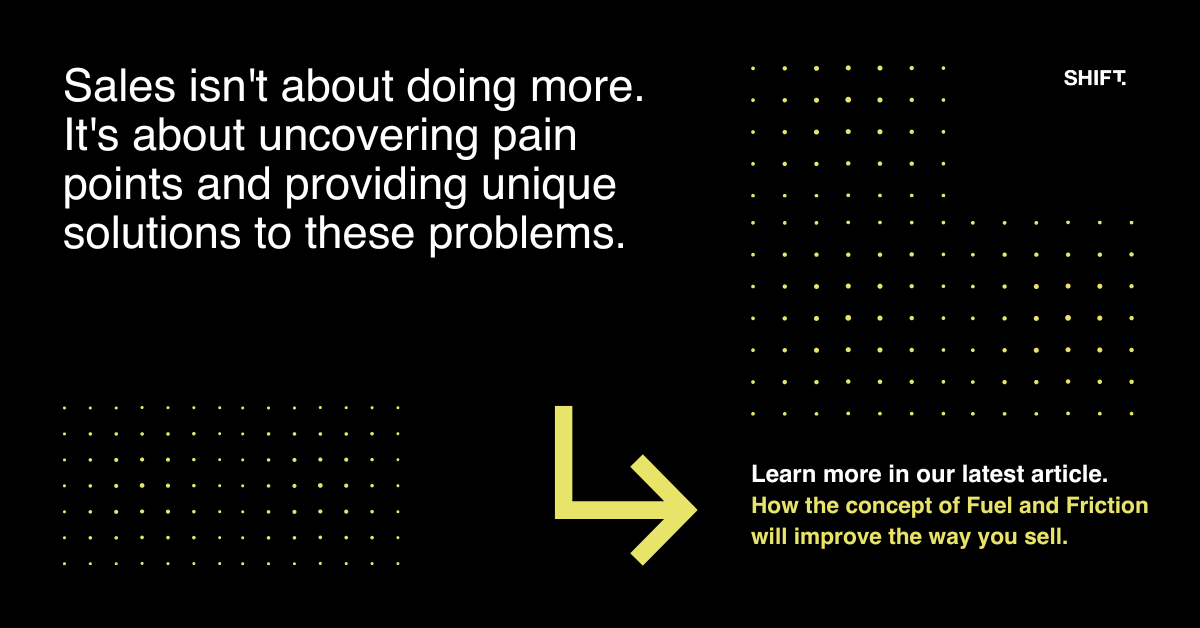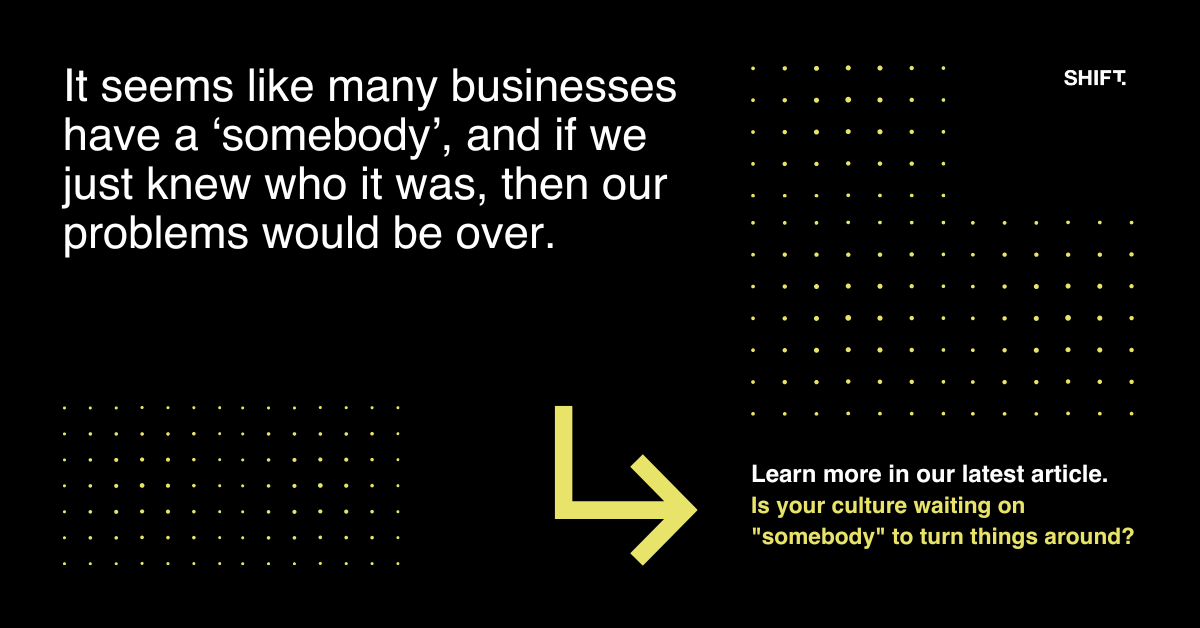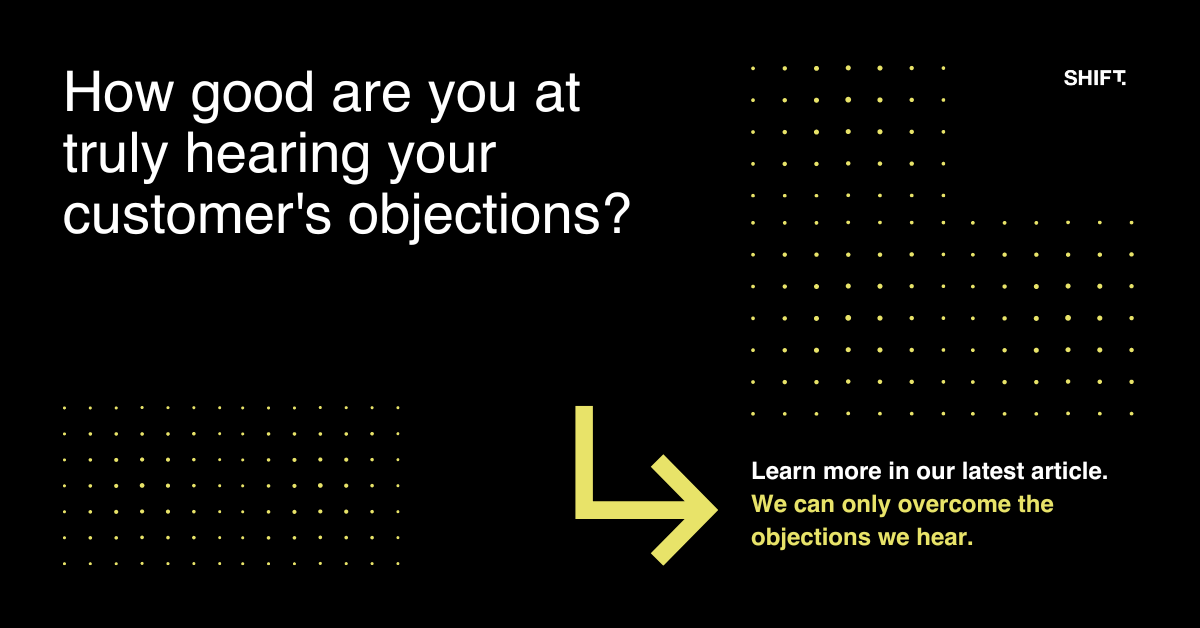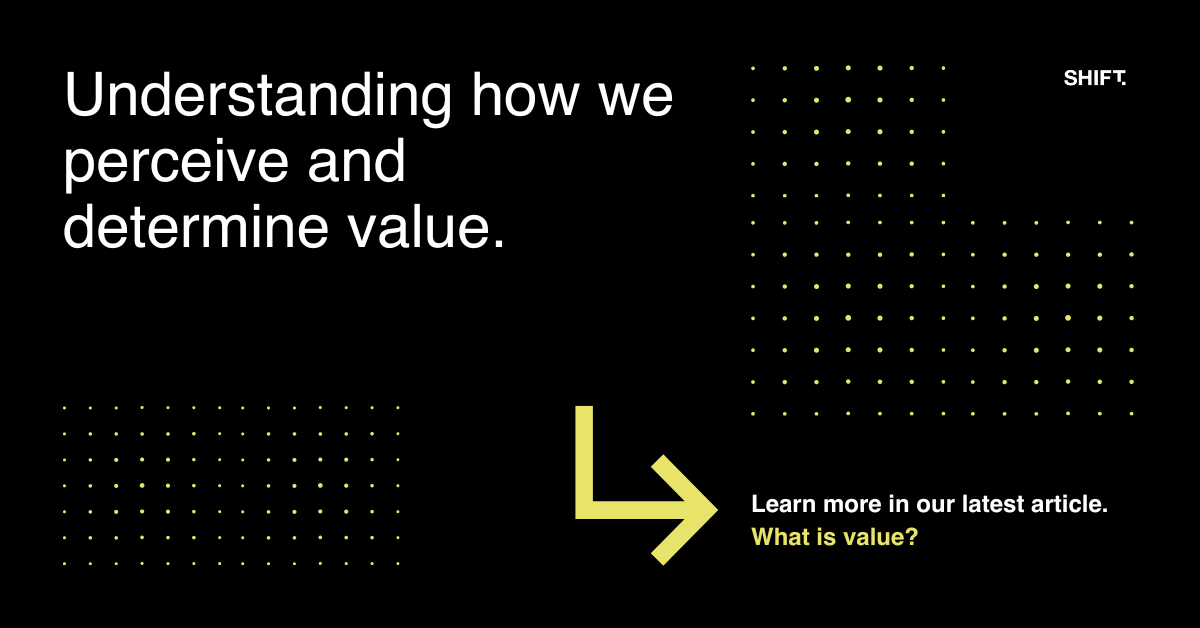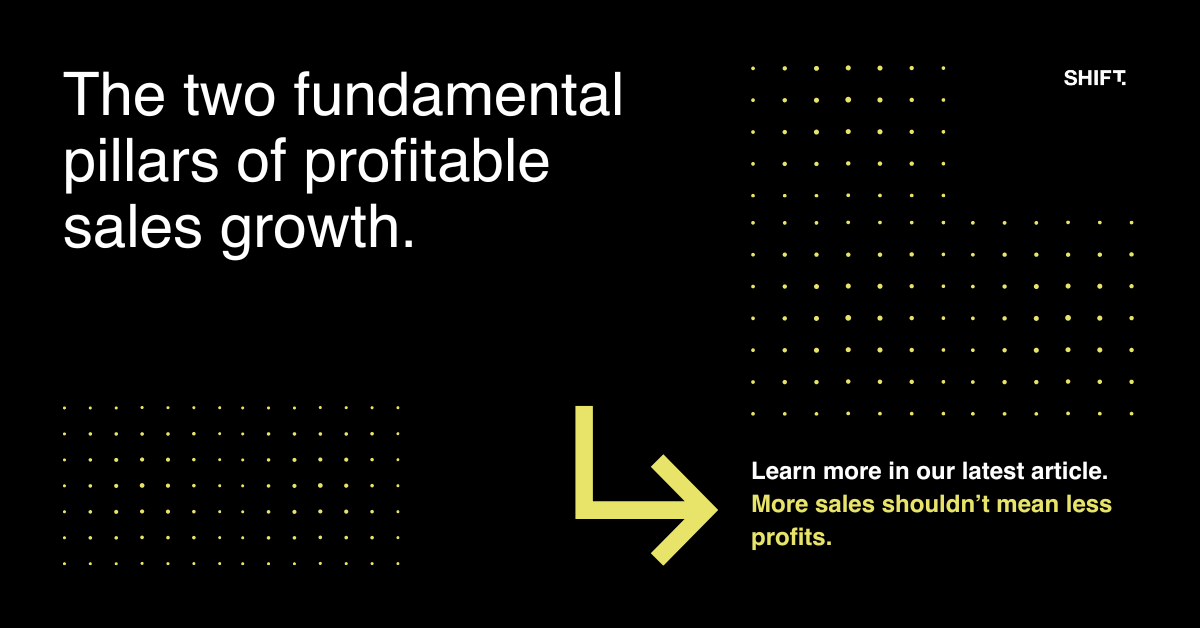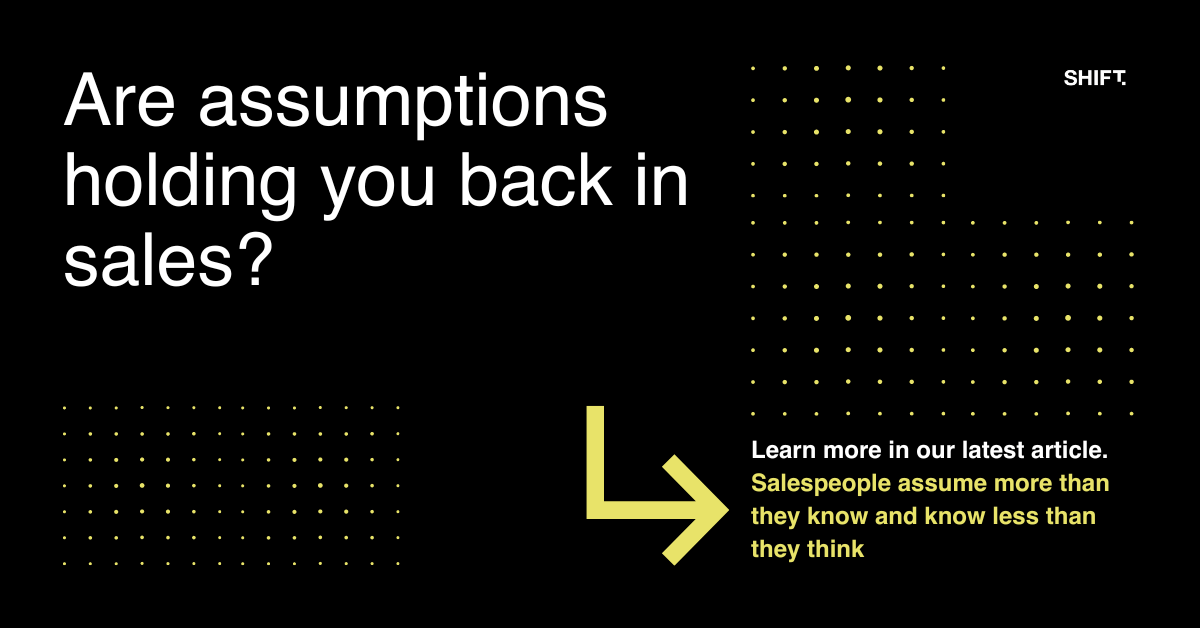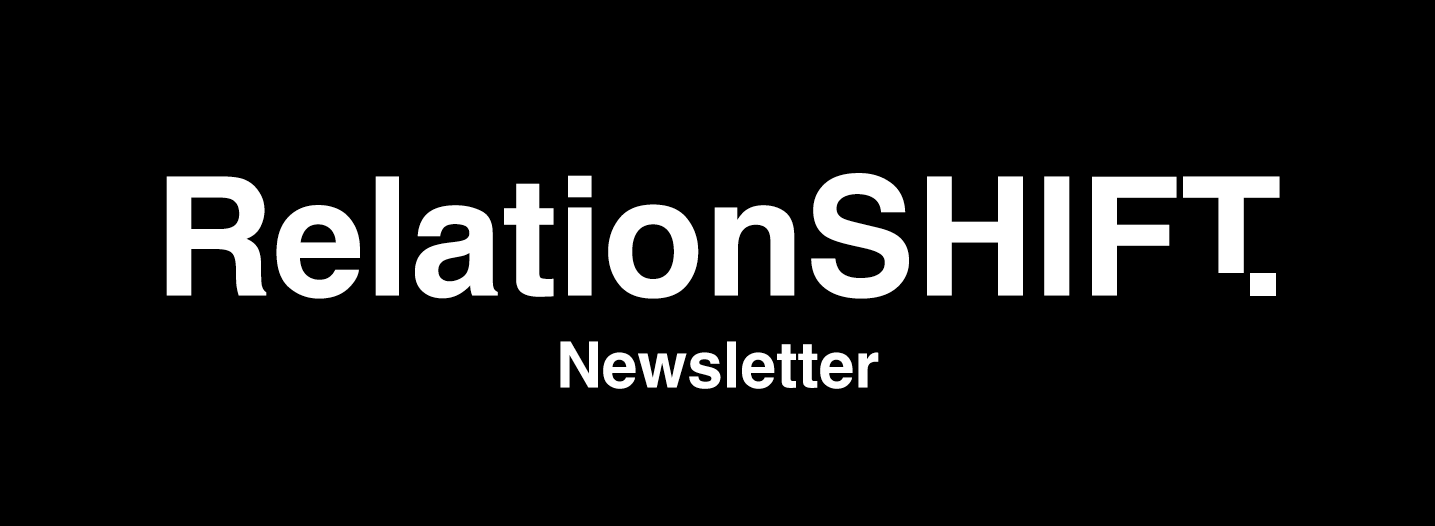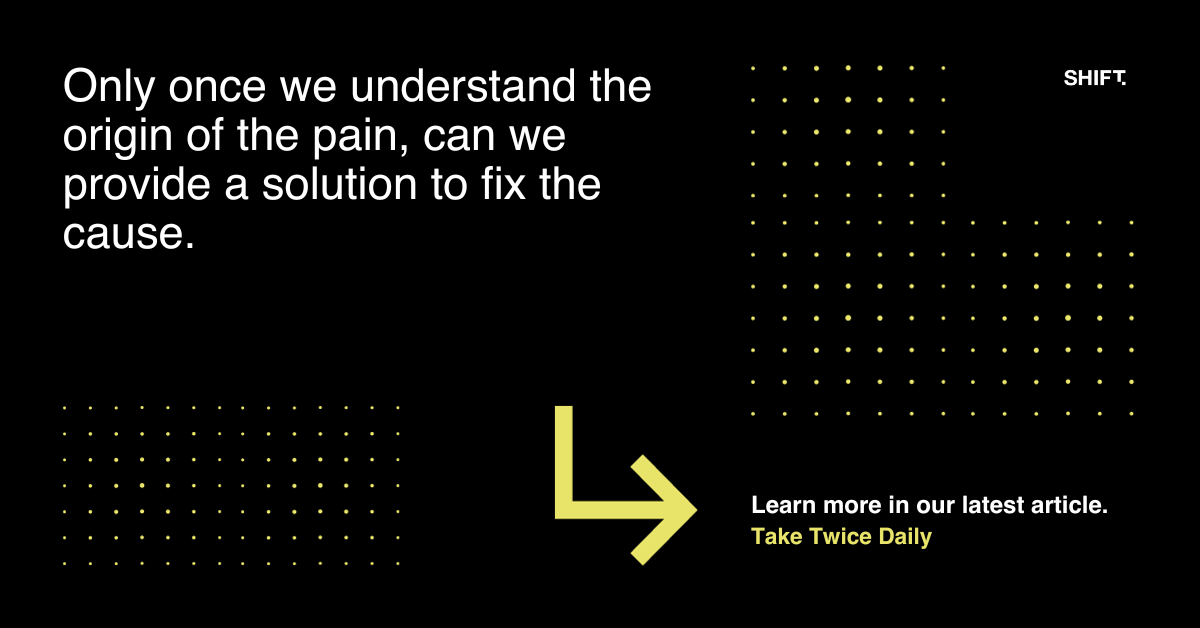Listen to the audio version here
One very big assumption trap salespeople make is assuming they know what the customer wants. This assumption is generally based on the fact that sometimes their assumptions are right. Sometimes they just happen to have a solution that the customer happens to want at that moment. And so, their assumption is that all customers will want that solution. If we then add our biases to that assumption, like a confirmation bias that ‘price is the most important thing in the decision to buy’, well, the salesperson will always lead the customer to a price discussion.
In my book ‘The Art of Relationship Selling’ I tell the story of the bride and the dressmaker, and how the dressmaker assumed that price was the big issue with the bride buying the dress and so discounted the price, when in fact it was really about how good the bride was going to feel walking down the aisle, in that dress, into the arms of the one she loved.
We sometimes call these assumptions ‘gut feel’, we say things like ‘I know my customers and I know what they want’. We believe that we don’t have to spend time in really getting to understand our customers’ cos’ we know that they don’t know what they want and so our job is to give them what we think is best for them.
We then get really upset when they don’t play the game the way we want them to. If the customer just accepted that we know what they want and when dished up to them, they buy it and thank us for our service, so we can all get on with our business, well…..the world would be so much easier and better.
Customers are human beings and like all humans, they are unique. Sure, we all have similarities, and sometimes our needs and wants are the same, but how we feel in the moment is unique to each and every one of us. Our job as salespeople is to understand our customers, and their uniqueness and then bring our offer to them in a way that they can feel the value of what is offered. This can’t be done by treating them all the same. This can’t be done by assuming that what is good for one is good for all. This can’t be done by expecting them to behave in the box that you would like them to behave in just because it works for you.
Understanding our customers for who they are, their beliefs, and their values based on their world is key to building empathy, trust, and a customer for life.
In the Zulu culture, their greeting is Sawubona (pronounced Sow-boh-na) – which translates to ‘I see you’. In a deeper sense, it means I see you for who you are – your worth and your dignity. In some ways, it is a daily verbal promise to ensure that I will always see you this way and that if I am also seen this way, then I exist.
When we assume we know what is best for our customers without understanding them, we give them the impression that they are not worthy and don’t exist. Have you ever had someone ask you a question like ‘how are you’ and when you’ve answered they didn’t listen. How did this make you feel? Not worthy, or maybe in their eyes you don’t exist?
I wonder what would happen if we changed our greeting from ‘Hello’ to ‘I see you? Would that change the way in which we interacted, would it help us feel better about ourselves and others?
I do know that when we take the time to really understand our customers, see them for who they are and then provide solutions that help them, then amazing things happen with the relationship. It feels much more like a partnership worth fighting for.
Sawubona
